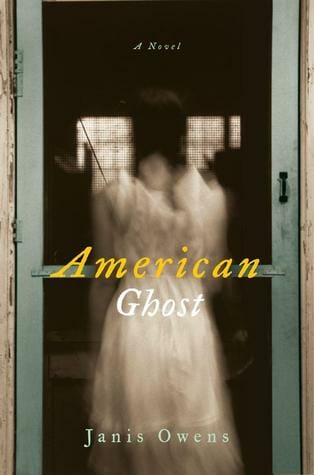American Ghost by Janis Owens
Strange Fruit and Crackers

In her 2009 memoir/cookbook, The Cracker Kitchen, Janis Owens describes the word “cracker” with its myriad of meanings. Less pejorative than descriptive, “cracker,” in her neck of the woods, distinguishes the local working class from the silk stocking set, or anyone else whose hands aren’t calloused and crusty from manhandling pulpwood.
Owens should know the way of the Cracker, as she proudly claims the Northwest Florida culture as her own. And as she shows in her new novel, American Ghost, assuming Cracker-ism is a one-dimensional appellation would be a mistake.
American Ghost haunts Owens’ own history. The story takes place in a fictional hardscrabble town called Hendrix (likely located near Blountstown along the Apalachicola River) made infamous by the long-ago torture, murder and spectacle hanging of a black man, Henry Kite, who had shot a storekeeper over a pack of cigarettes.
That moment of bloodlust resonated for generations and, in many ways, cursed the town and its seemingly humble residents, as evidenced by the experiences of the protagonist, Jolie Hoyt; her best friend, Lena; and Sam Lense, who has come to the area to research the Indian population.
While the story is well-told and expertly paced, and the characters well-developed and multidimensional, Owens’ rich tableau of Cracker Florida will most resonate with readers.
American Ghost could be considered a sociology text given its detailed account of the intricacies of generational “mixing” among various ethnicities and tribal connections. In an early scene, protagonist Jolie attempts to describe her heritage. It’s not traditionally Indian, she says, before Sam, the visiting researcher, cuts her short:
“I’ll bet you fifty bucks I can tell you what your Big Mama said you were,” Sam said. “I’ll bet you a thousand.”
-

-

-

-

-

-

-

-

-

-

-

-

-

-

-

-

-

-

-

-

-

-

-

-

-

-

-

-

-

-

-

-

-

-

-

-

-

-

-

-








































